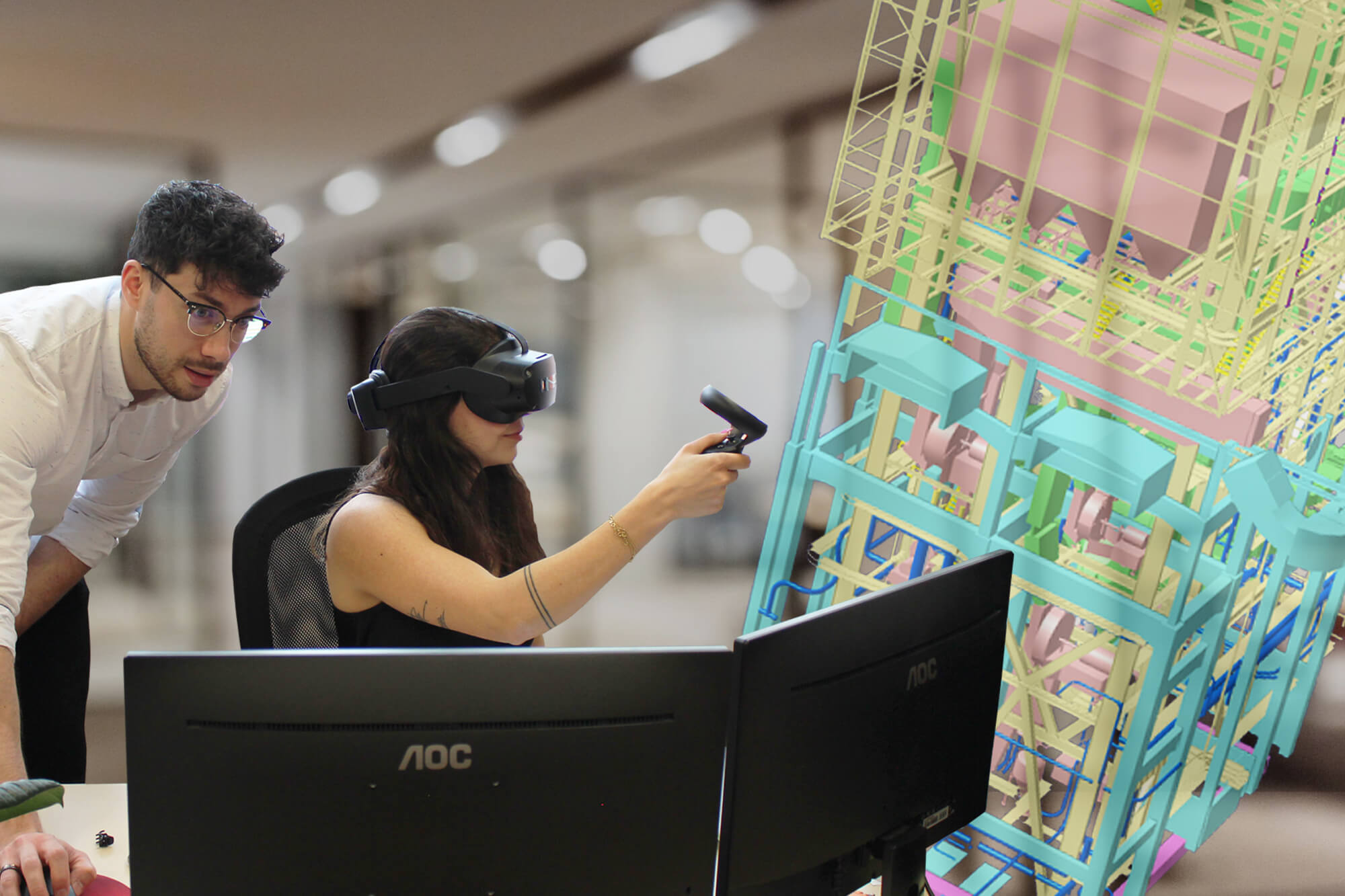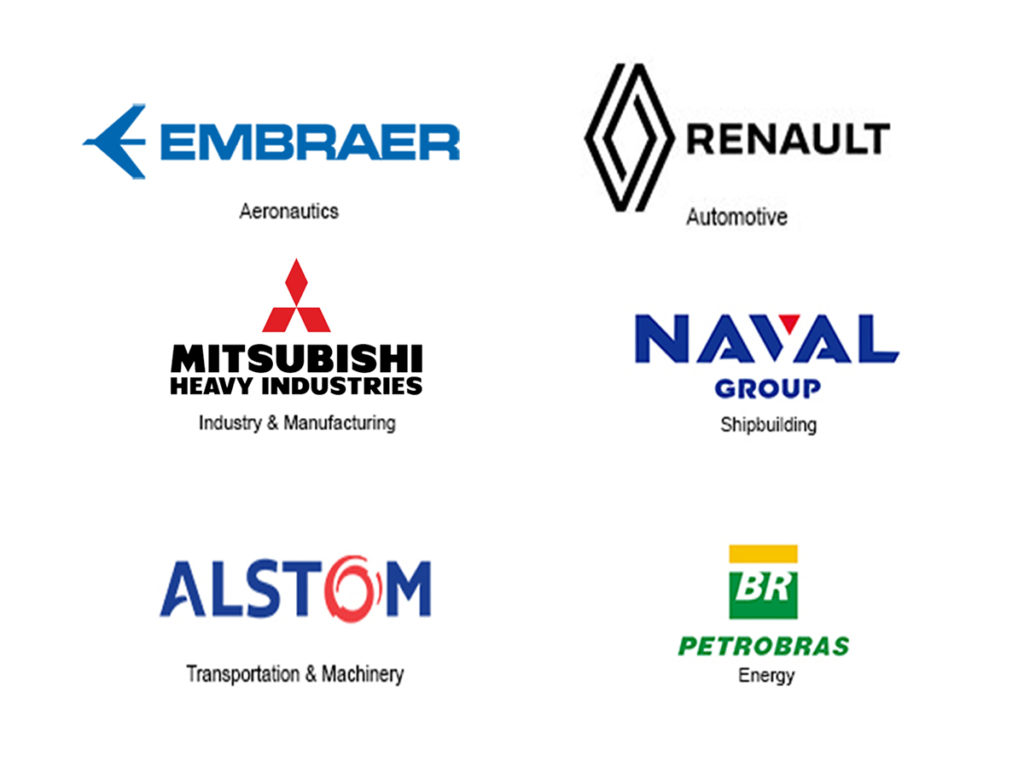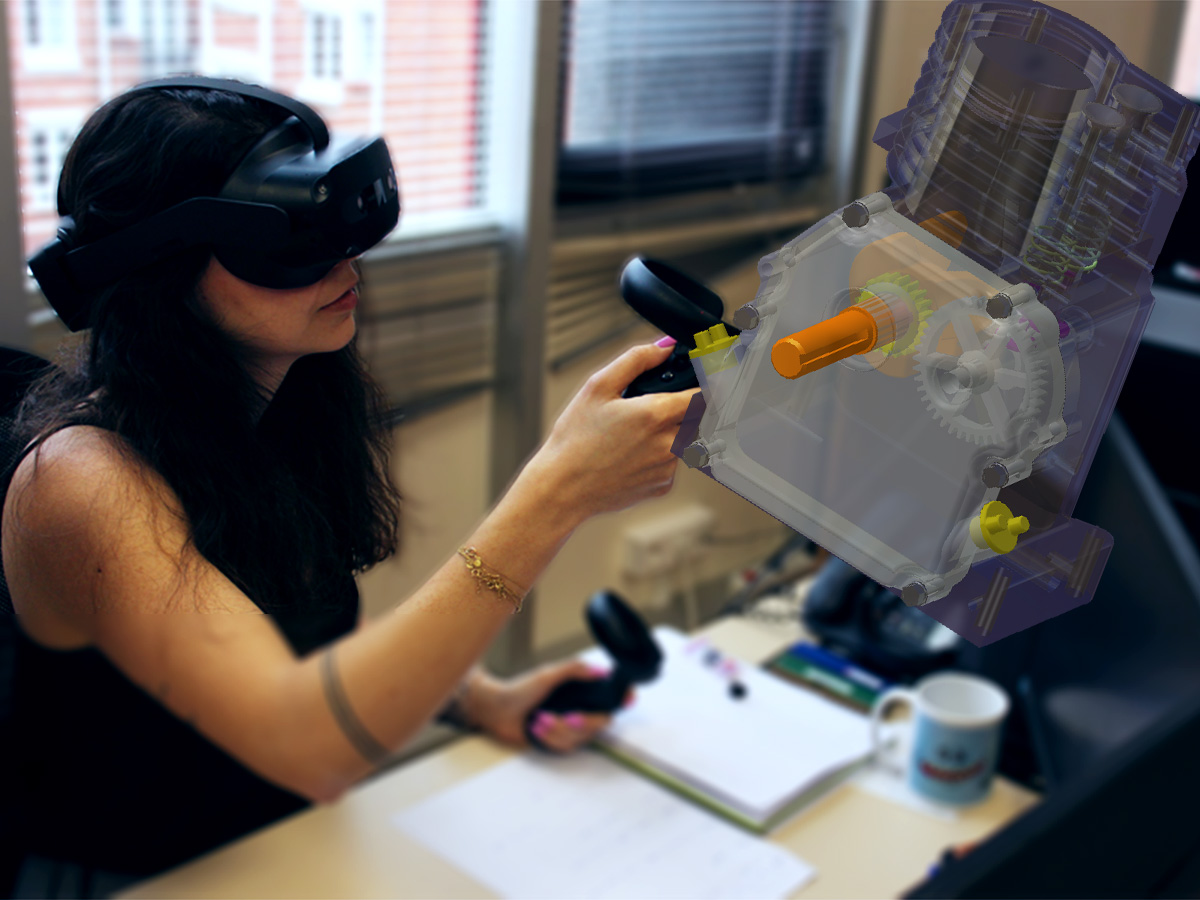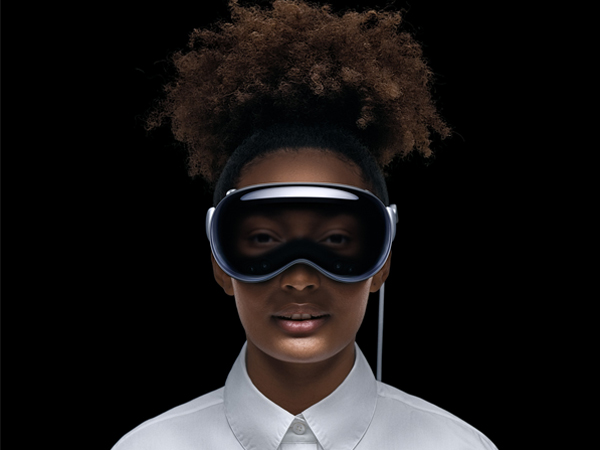Virtual Reality Expands reach in Qatar with real life applications
By Chantelle D’mello, July 29, 2015
Mohammed Ali Hammami, Head of the Virtual Reality Department at Qatar University
‘Once confined to the world of gaming and cinema, offering immersive experiences like the Oculus Rift and 4D movies, virtual reality has been broadening its horizons in recent years, including in Qatar.
At Qatar University, home of a recently opened QR2 million virtual reality lab, educators are hoping to bridge the gap between virtual reality and real life by bringing the experience into classrooms and the workplace.
a Tunisian expat who moved to Qatar to head up QU’s Virtual Reality department seven months ago, said he has been working to “add life” to the school’s program.
“We first got the virtual reality (VR) system in April last year, but it was only used only for VIP presentations, or to showcase the technology at a basic level. There weren’t people around here (in Doha) who had knowledge about what VR can really do.
The thing about VR is that it’s so versatile. It can be adapted to any use in fields like engineering, architecture, biomechanics, math and education, and that’s just the beginning.”
QU’s program is part of a small but growing group of VR systems in the Middle East, the first of which – a mammoth six-screened, 37-projector large system – was bought some six years ago by the King Faisal University in Saudi Arabia, he added.
In Qatar, the field is fairly nascent, and while its true potential has yet to be uncovered, the country does have at least six operational VR systems in universities (including Texas A&M University at Qatar and Virginia Commonwealth University in Qatar) and certain engineering firms.
Real world applications
While VR technology has traditionally been used as a marketing or presentation gimmick, it can also be used for more practical matters, Hammami said.
For example, in engineering, VR can help make data easier to understand during the research and design process.

It saves a lot of money because you don’t have to make five or 10 models, each just a slightly more refined than the last; you just have to make one,” he said.
In architecture, virtual reality can add an additional dimension to 3D models and drawings of buildings. With it, students and architects would be able to immerse themselves in their designs, allowing them to make changes, explore their models, and test their viability in real time.
Hammami said he also hopes that the technology could be used to help differently-abled students at Qatar University better understand the layout of QU without having to tour the entire campus.
“If we build a model of the university into the virtual reality system, we can then bring in students with special needs and show them where ramps, special parking spots and other amenities are located to make their experience better. It can also be used to help management identify areas where they can make disabled access better,” he added.
Aside from university-level applications, Hammami also hopes to integrate virtual reality into the corporate world.
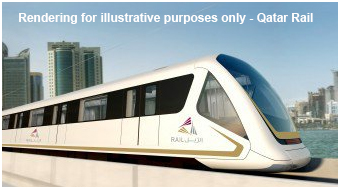
“We want to show people what VR can do, and how adaptable it is. And we want to help our students understand the technology to help set them apart as they enter the corporate world,” he said.
Hammami also foresees VR being used to aid the 2022 World Cup experience for developers, participants and spectators. He said that the system could be used to help map safety routes, train players and create interactive, immersive experiences for visitors.
The system
QU’s virtual reality system, dubbed “The Immersive Room,” is a four-sided box located in building B13. Each side is composed of a projector, a screen and a tracker, allowing users to view and move in four directions during a virtual reality experience.
Manufactured by Eon Reality, a multinational VR and augmented reality software developer based in California, the system starts at around QR2 million at its most rudimental level. Costs increase as more screens, projectors, and trackers are added.
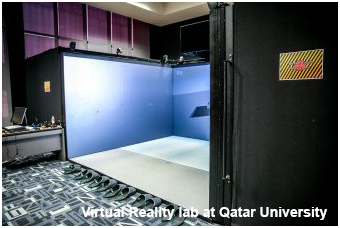
Master users wear a 3D eyepiece mounted with a tracking system, and a video game-like console that’s also fitted with tracking technology.
Both allow the master user to maneuver and navigate the VR system and any VR models loaded. Participants merely don a pair of 3D glasses and sit back to enjoy the experience.
A virtual reality model is then loaded onto the four projectors using a desktop application called TechViz.
“TechViz allows you to do a couple of different things. In architecture and engineering, the use of 3D applications is everywhere, but they just let you view the model on a screen from different sides. You’re not actually in the model.
With TechViz, you can load your model and it will automatically convert it into a compatible file that’s native to VR. Then you merely open it and mount your gear, and you can walk or fly through your model of…the building or a power plant, or whatever,” Hammami said.
The software also allows users to build models from scratch within the system, much like using Photoshop to create a graphic.
Images are presented onto the screens in stereoscopic view, where two offset images are simultaneously projected onto the screens and viewed separately by the left and right eye of the viewer. They are then combined in the user’s brain to give the perception of 3D depth.
Using the master console, a user can then take measurements, zoom, move, walk, climb and check individual parts of a model (like a building, an engine, a plane, etc).
Specialized functions like a feature to take measurements between two points in a model are accessible by the console, while the tracker-mounted eyepiece allows the VR system to shift perspective based on the user’s position.
Though the Immersive Room doesn’t require a customized electricity setup, the entire operation requires an enormous amount of computer power. Four CPUs, each fitted with two graphic cards are dedicated to the Immersive Room, equivalent to the processing power of eight computers. A separate master CPU and monitor runs the software.
Challenges
Despite its varied use, setting up a VR culture in Doha has been a slow process, hindered largely by a lack of VR-compatible content, Hammami said, continuing:
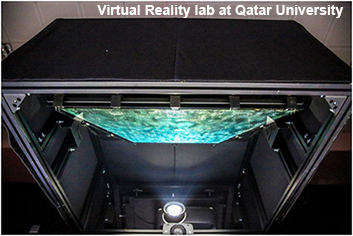
It’s like going online on your laptop, and not finding anything about Qatar there. What’s most lacking is content in Arabic.”
He added that the goal is to eventually start producing content in-house at QU.
So far, the department has created an Arabic-language model of the solar system by pulling 3D models of planets off internet databases and building a solar system model using TechWiz. Arabic names and additional information were then added, allowing students to view relevant information as they enter the model.
Other challenges, Hammami said, include a certain resistance to change.
“People think that VR is going to disrupt process-oriented fields like engineering, that it’s going to substitute, for example, a tactile prototype model. But that’s not what it’s used for. VR is here to aid and better, not replace.”
Future
To help integrate VR into the public sphere, Hammami said he hopes to create an annual QU conference dedicated to introducing virtual reality to a wider audience later this year.
“It would focus on what VR can do in the corporate world and for normal people. We want to showcase the use of VR in universities in Qatar, to increase visibility. Texas A&M and VCU-Q all have VR systems, but it’s separate. We hope to have a network of universities and companies that are interested in VR,” he said.
He also hopes VR can become better integrated with Qatar’s 2030 vision by looking for outlets where such technology can be used.
“Ultimately, the goal is to build a culture here where people know what VR is, understand how to use it, and are interested in it. We want to educate people, and provide them with a minimum level of knowledge necessary to use VR. This is the future. Very soon it will be a part of our lives,” he added.
Source : Doha news


